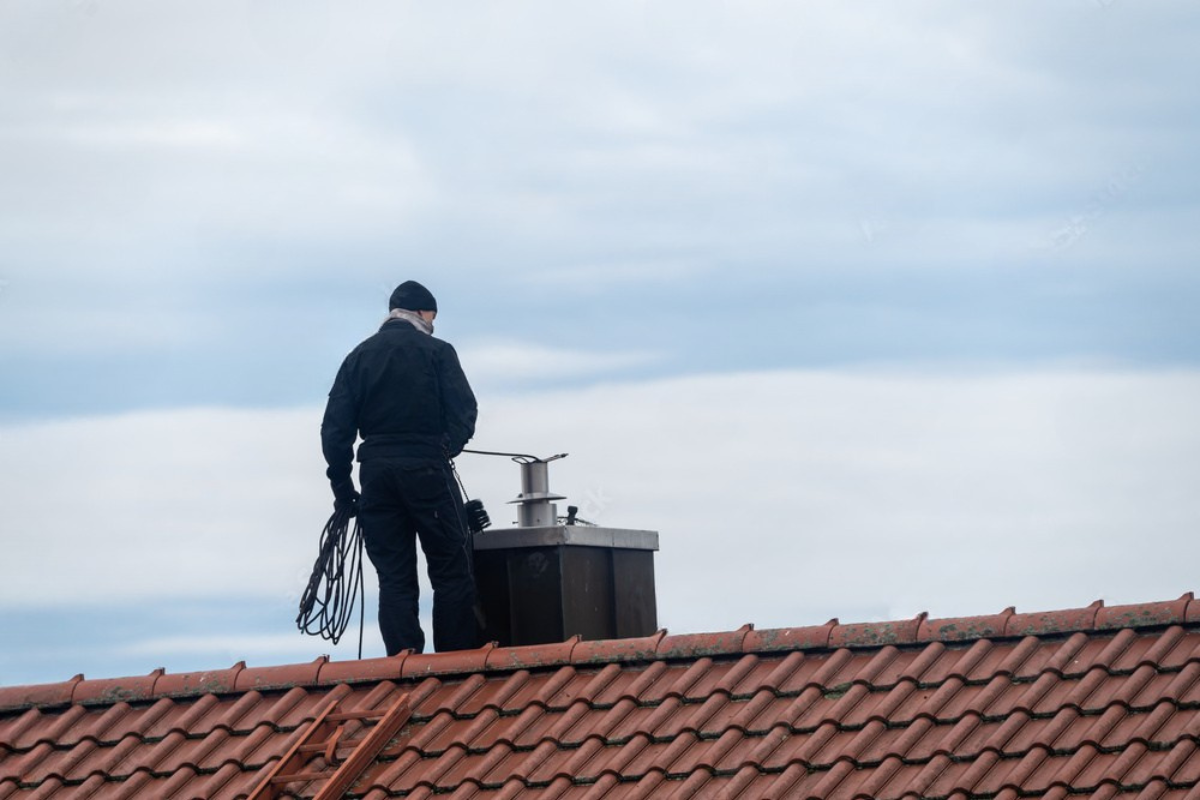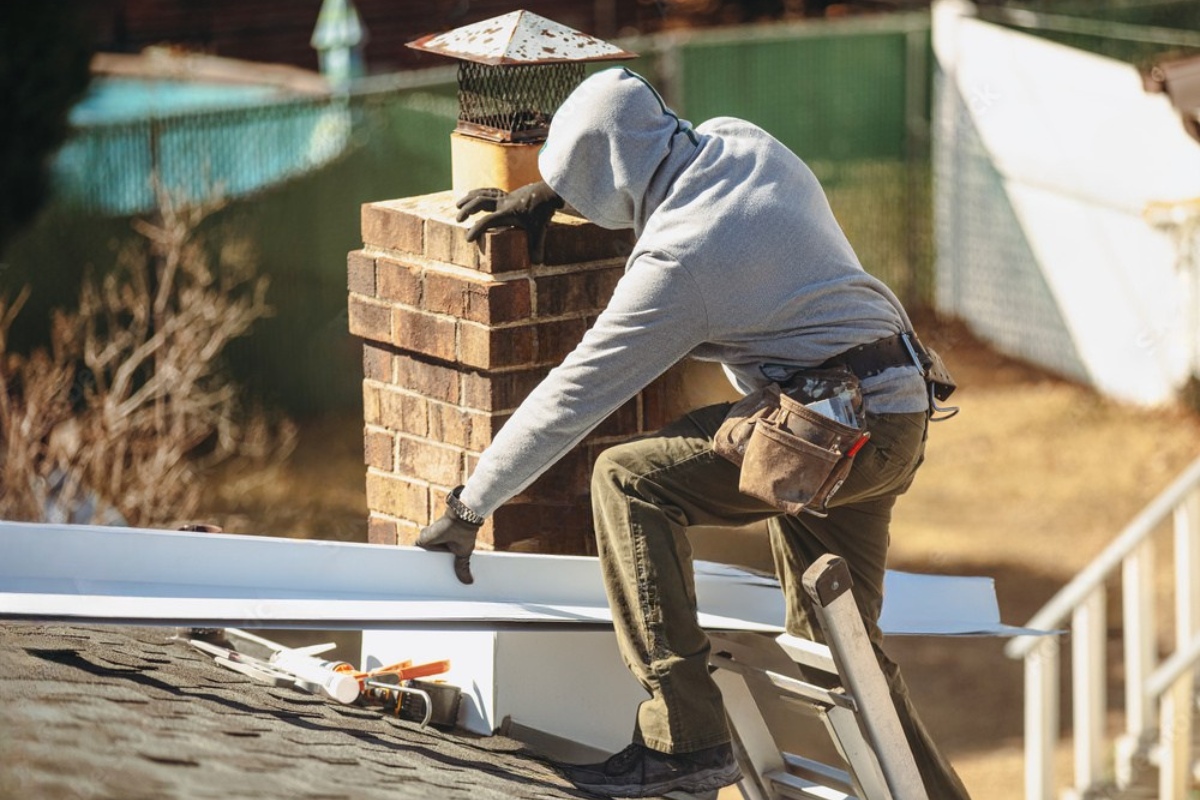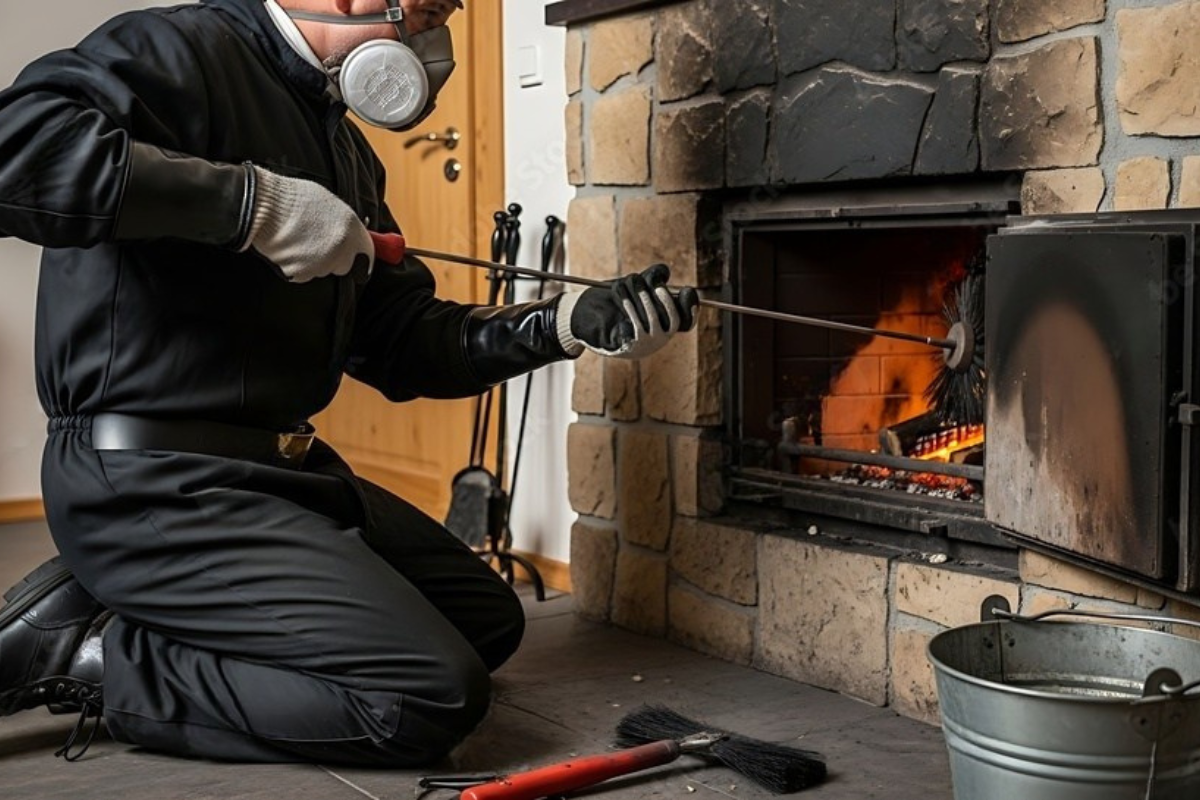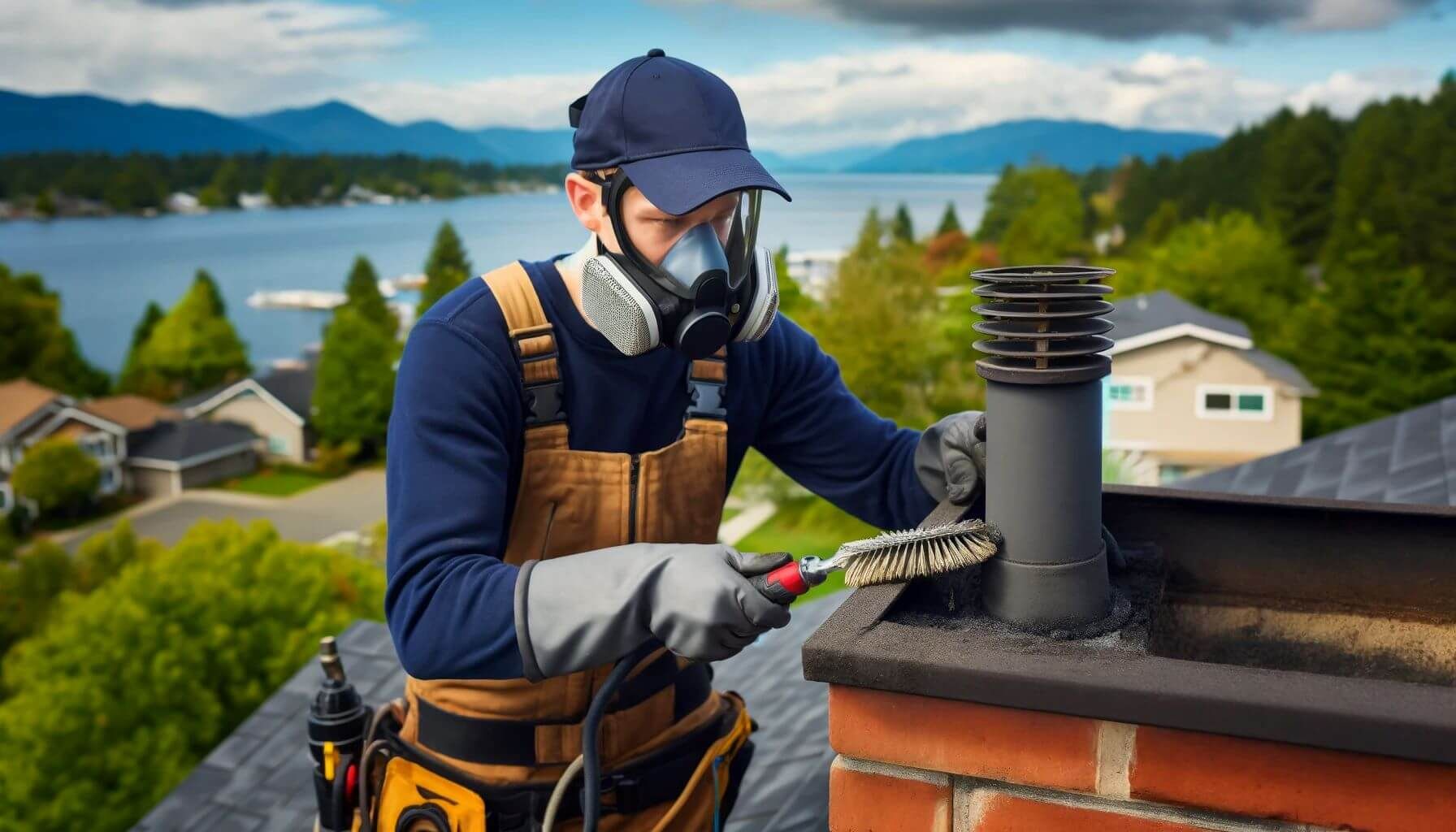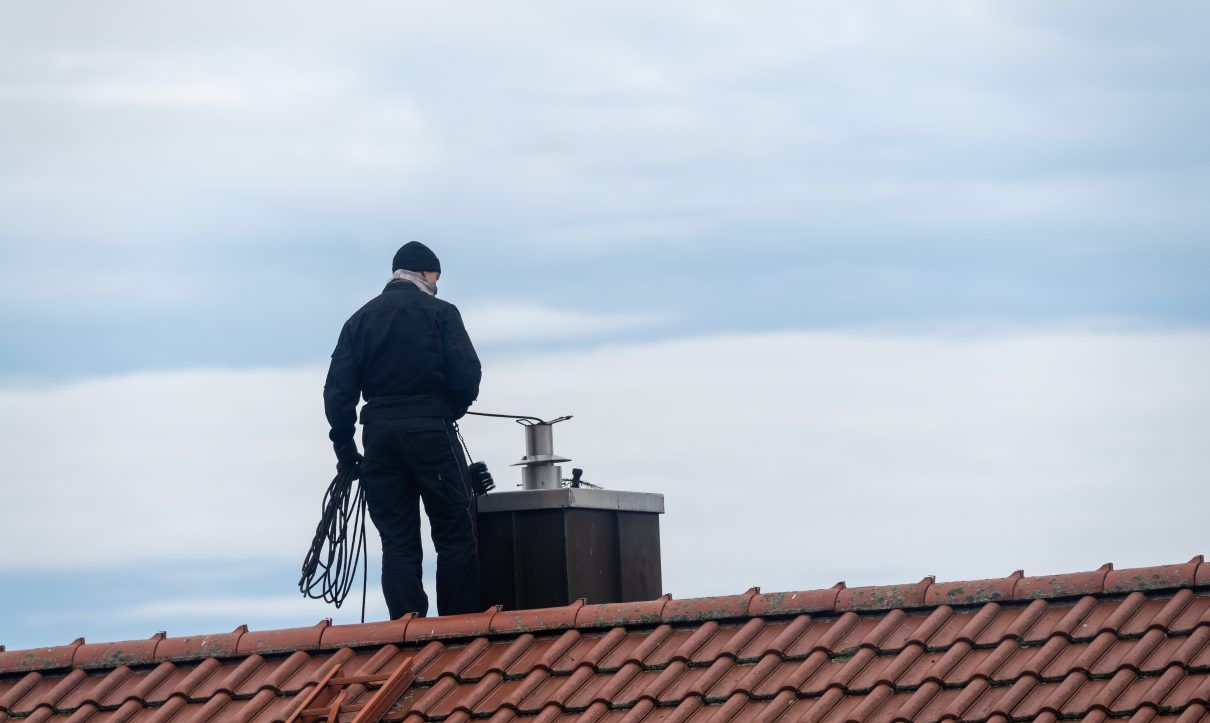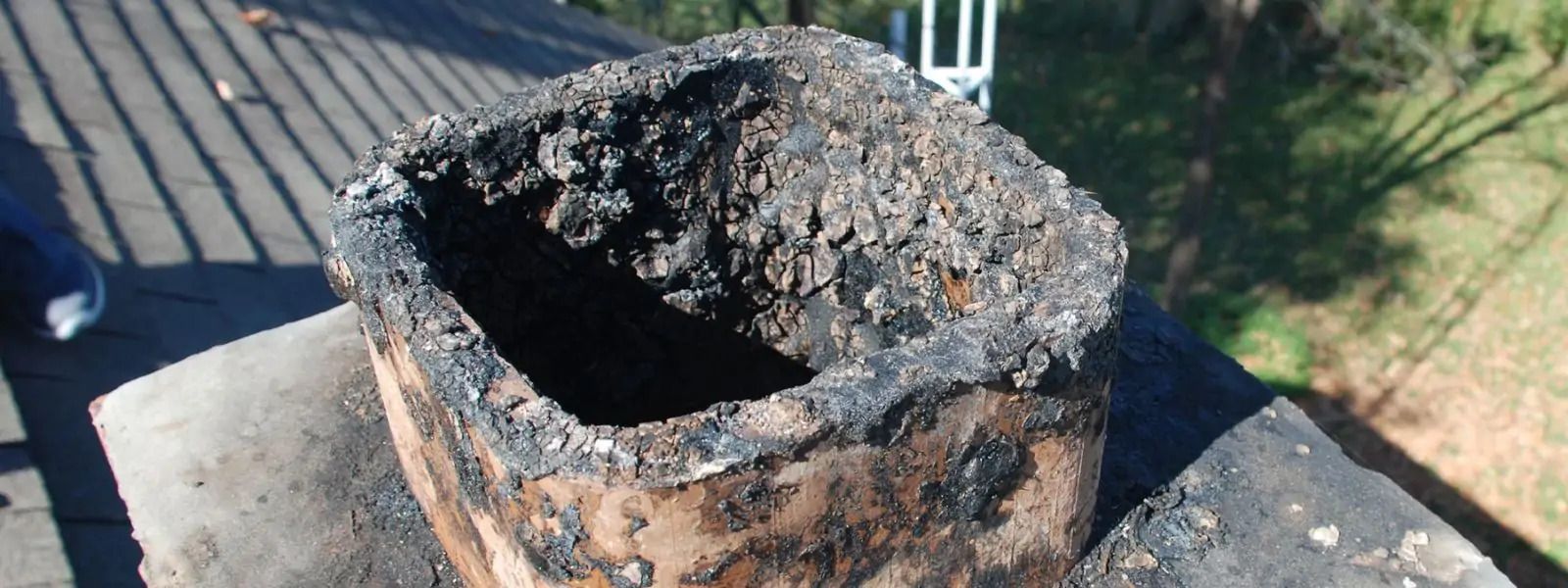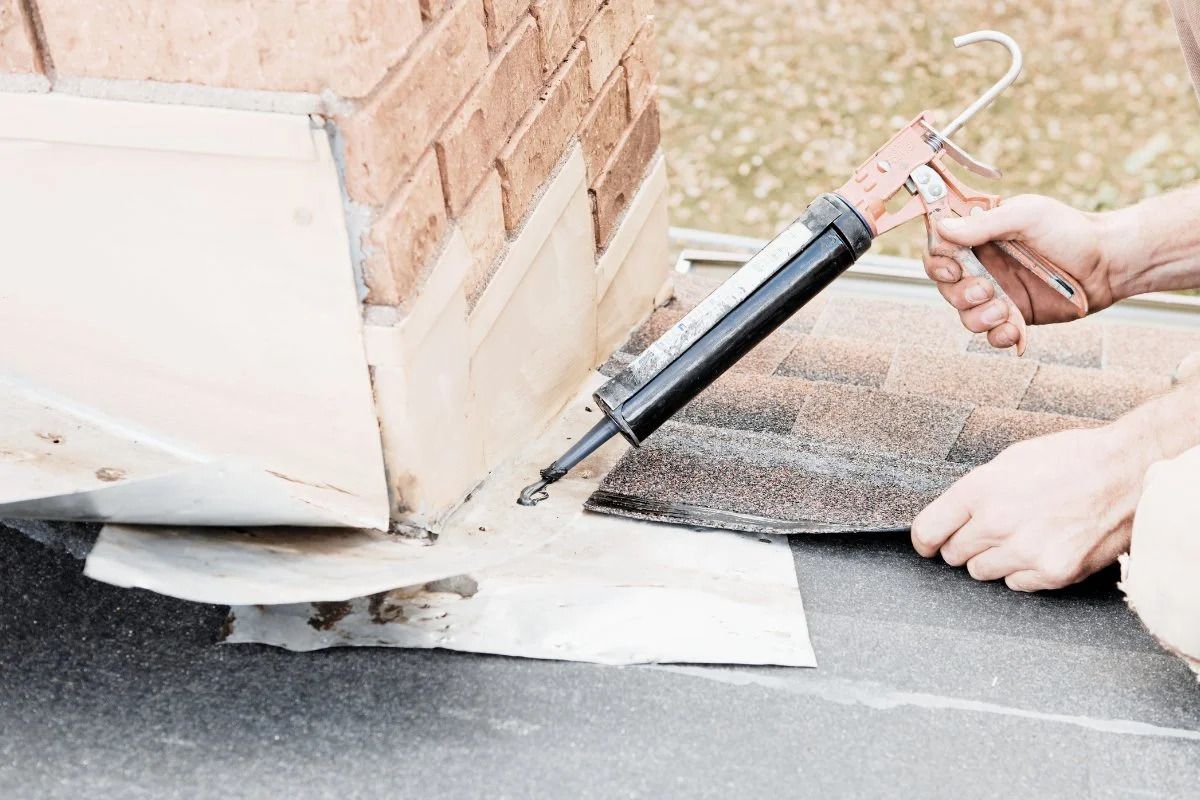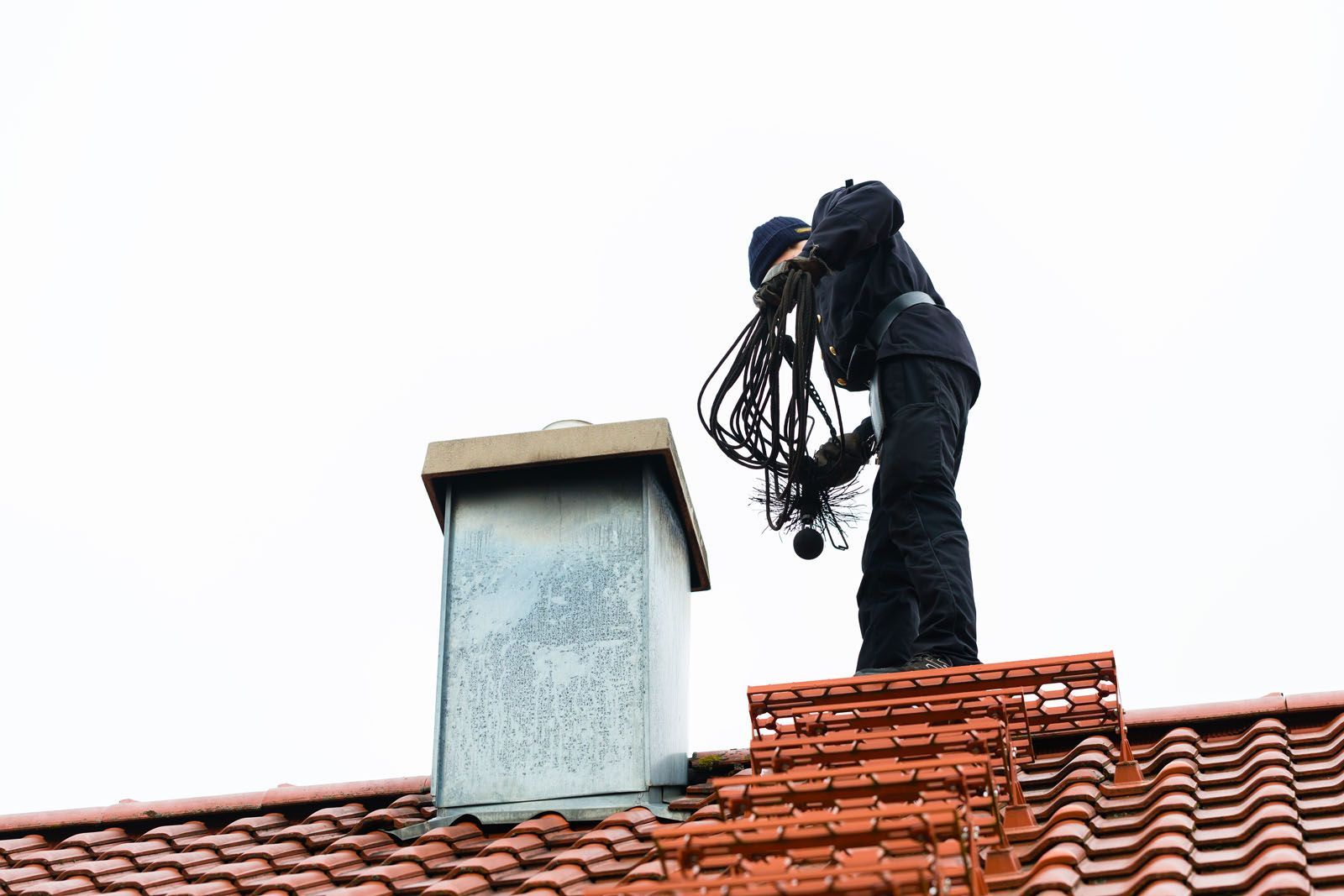Why I Love My Stainless Steel Chimney Liner: A Maine Homeowner's Complete Guide
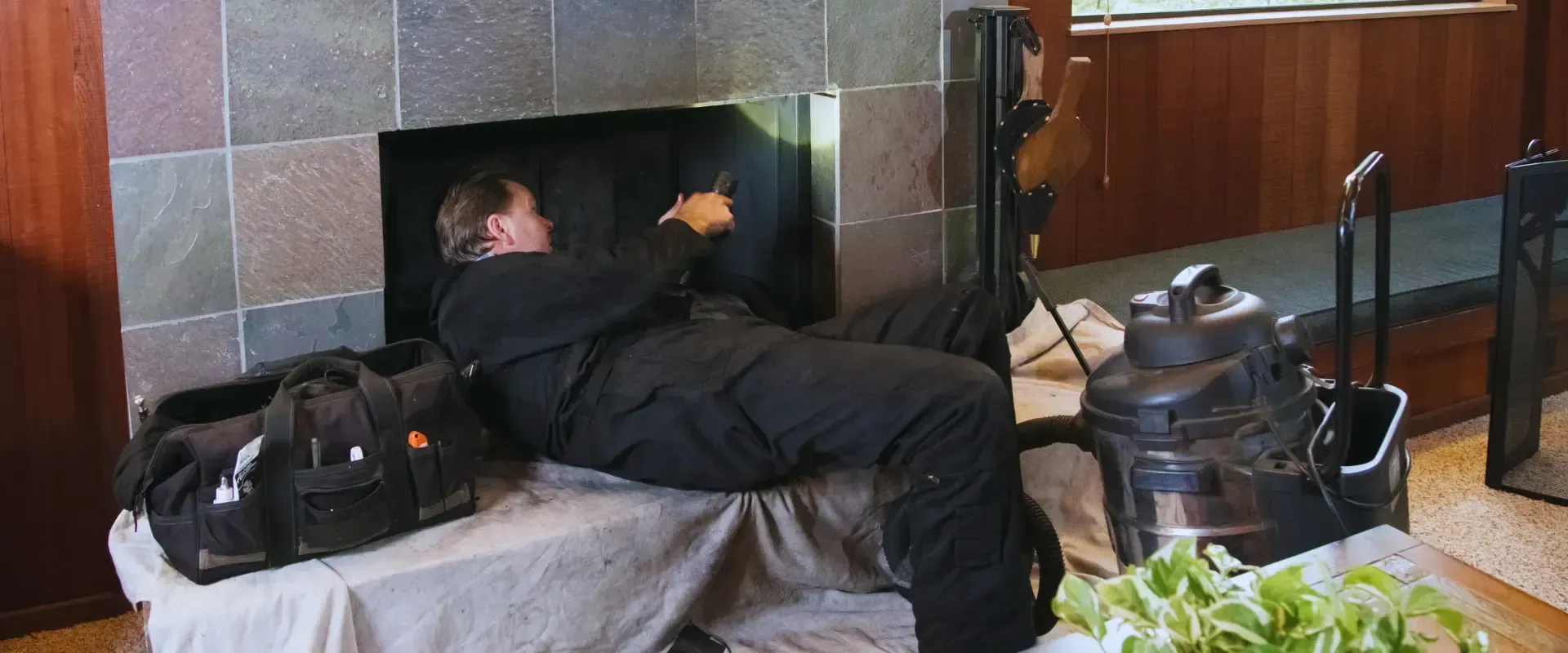
Understanding Wood-Burning Chimneys in Maine's Climate
Living in Maine means dealing with harsh winters, and my wood stove is my trusty companion through those long cold months. Our unique climate presents specific challenges for chimneys, from freeze-thaw cycles to heavy rain and snow. That's why choosing the right chimney services became my top priority.
The Hidden Benefits of Professional Chimney Waterproofing
Waterproofing might not sound exciting, but in Maine's climate, it's a game-changer. Here's what I discovered about proper waterproofing:
- Prevents moisture damage to masonry
- Extends the life of your chimney structure
- Reduces the risk of liner corrosion
- Helps maintain indoor air quality
I learned that waterproofing isn't just about applying a sealant – it's about creating a complete moisture management system that works with your chimney's natural properties.
When Should You Consider a Stainless Steel Liner?
Through my conversations with experts, I learned that several situations warrant a stainless steel liner:
- When your existing liner is damaged
- If you're switching fuel types
- When renovating an old home
- If you notice any signs of chimney deterioration
The decision to install a stainless steel liner was one of the best investments I've made for my home's safety and efficiency.
My Experience with Chimney Demolition and Rebuilding
Working with professional contractors opened my eyes to the complexity of chimney work. Sometimes, partial demolition is necessary before installing a new liner. In my case, some sections needed rebuilding to ensure proper fit and safety. The process was thorough and included:
- Careful assessment of existing structure
- Removal of damaged materials
- Precise rebuilding to maintain proper clearances
- Integration with the new liner system
The Role of Tuckpointing in Chimney Maintenance
Table: Common Tuckpointing Timeline
ConditionRecommended Service IntervalNormal WearEvery 15-20 yearsCoastal AreasEvery 10-15 yearsSevere WeatherEvery 8-12 years
Tuckpointing plays a vital role in maintaining chimney integrity. It's not just about aesthetics – proper mortar joints prevent water infiltration and structural issues.
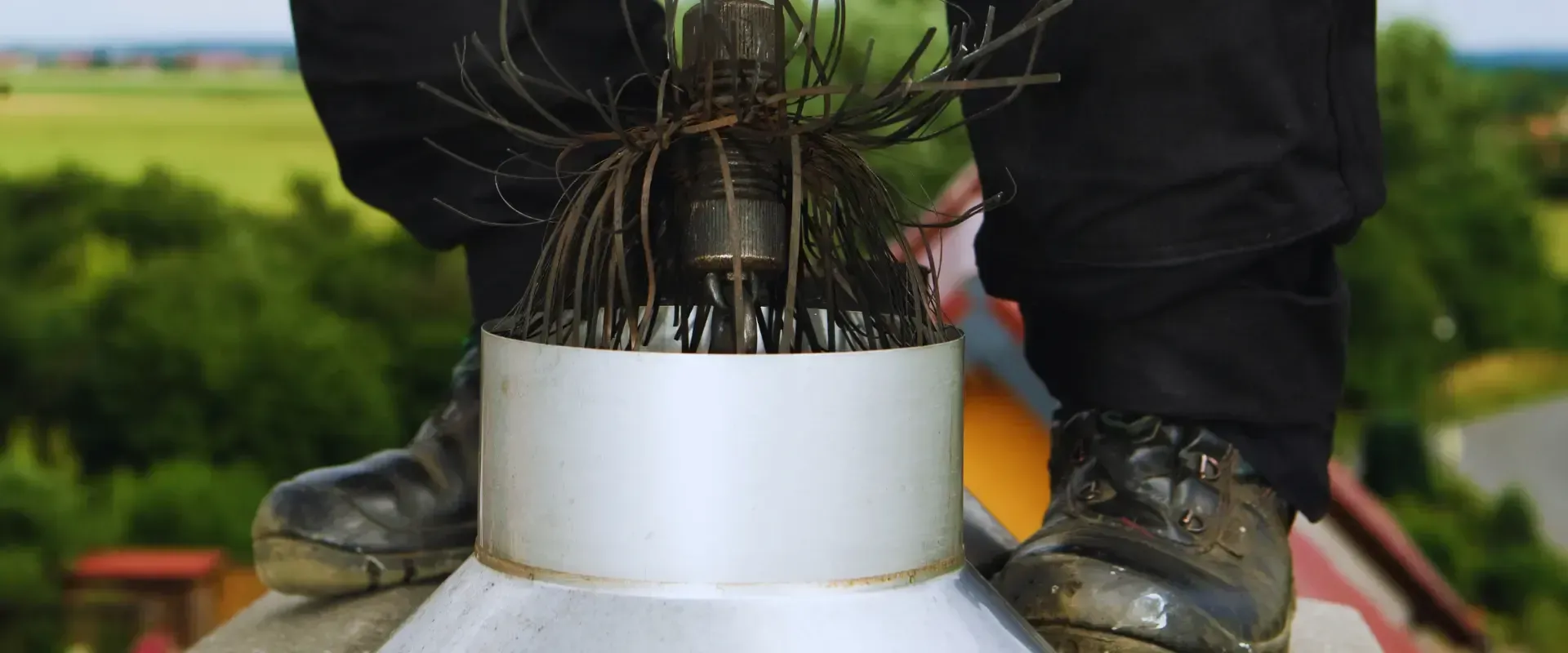
Common Chimney Problems in Maine Homes
Living in Maine, I've learned to watch for these common chimney issues:
- Moisture damage from snow and rain
- Creosote buildup
- Liner deterioration
- Masonry damage from freeze-thaw cycles
- Draft problems due to improper sizing
Selecting the Right Stainless Steel Liner
When choosing my stainless steel liner, I considered several factors:
- Fuel type compatibility
- Interior dimensions
- Insulation requirements
- Warranty coverage
- Installation method
Cost Considerations and ROI
My investment in a stainless steel liner has paid off in multiple ways:
- Reduced heating costs
- Lower insurance premiums
- Increased home value
- Peace of mind for safety
Local Regulations and Permits
Before installation, I made sure to:
- Check local building codes
- Obtain necessary permits
- Verify installer certifications
- Schedule required inspections
Installation Process and Timeline
The installation of my stainless steel liner took about two days. Here's how it went:
- Initial inspection and measurements
- Preparation of the existing chimney
- Liner installation
- Connection to appliance
- Final inspection and testing
Summer vs. Winter Installation
I chose a summer installation because:
- Better weather conditions
- No heating season interruption
- More flexible scheduling
- Easier access for workers
Signs Your Chimney Needs Immediate Attention
Watch for these warning signs:
- White staining on exterior brick
- Crumbling mortar
- Indoor smoke problems
- Strange odors
- Visible cracks
Maintenance Tips from My Experience
To keep my chimney system working perfectly, I:
- Schedule annual inspections
- Clean regularly
- Monitor for changes
- Address issues promptly
- Keep records of all maintenance
Key Takeaways
- Professional installation is worth the investment
- Regular maintenance prevents costly repairs
- Stainless steel liners offer superior protection
- Maine's climate requires special consideration
- Early intervention saves money long-term
Conclusion
Installing a stainless steel chimney liner in my Maine home was a smart decision that has improved safety, efficiency, and peace of mind. While the initial investment might seem significant, the long-term benefits far outweigh the costs.
FAQ
Q: How long do stainless steel liners last?
A: With proper maintenance, they typically last 15-25 years or more.
Q: Can I install a liner myself?
A: Professional installation is strongly recommended for safety and warranty purposes.
Q: What makes stainless steel better than other materials?
A: Stainless steel offers superior durability, corrosion resistance, and safety ratings.
Q: How often should I have my liner inspected?
A: Annual inspections are recommended, especially in Maine's harsh climate.
Q: Does a stainless steel liner increase home value?
A: Yes, it's considered a valuable safety upgrade that can increase home value.
"Proper chimney maintenance isn't just about safety – it's about creating a warm, welcoming home that will last for generations." - Maine Chimney Professional
Remember, while this guide shares my personal experience, every home is unique. I always recommend consulting with qualified professionals for specific advice about your chimney needs.

